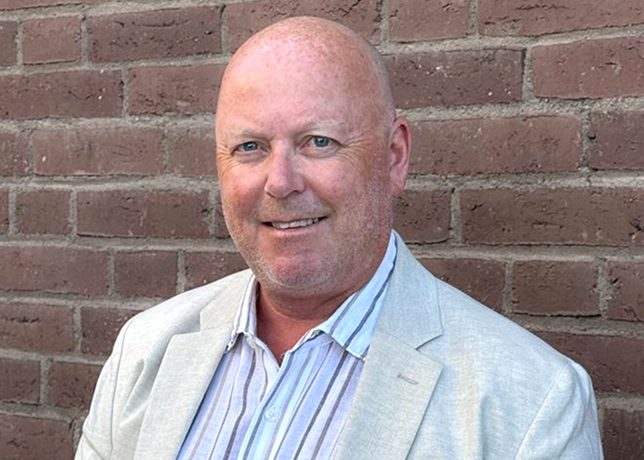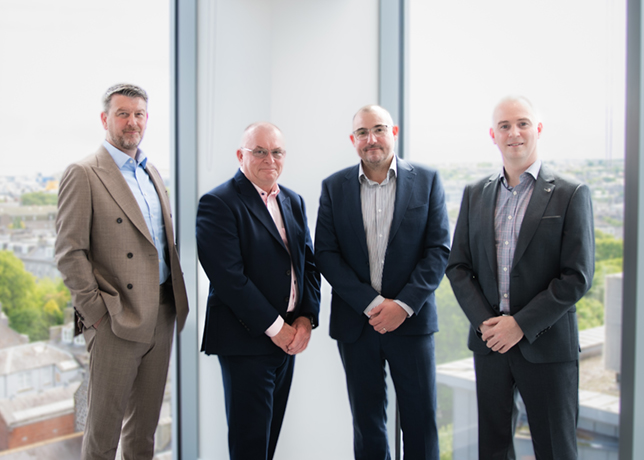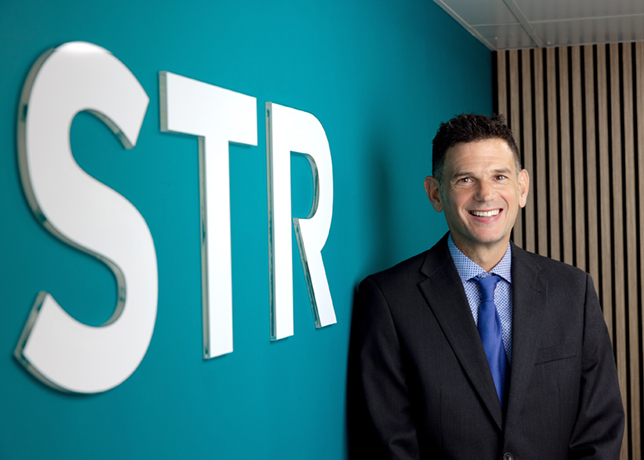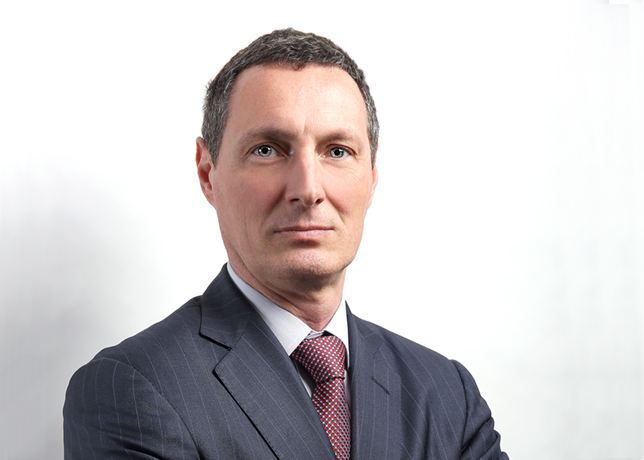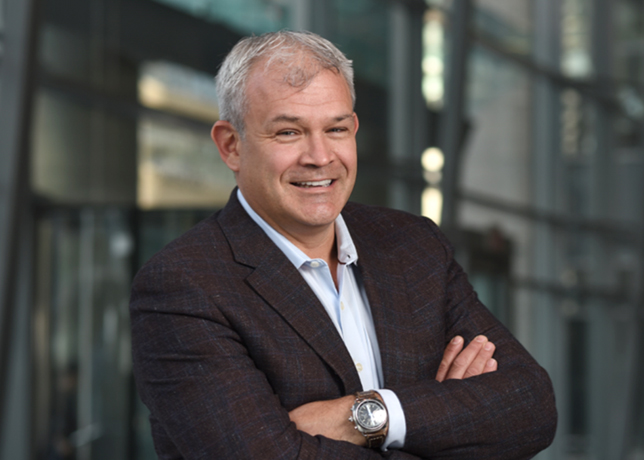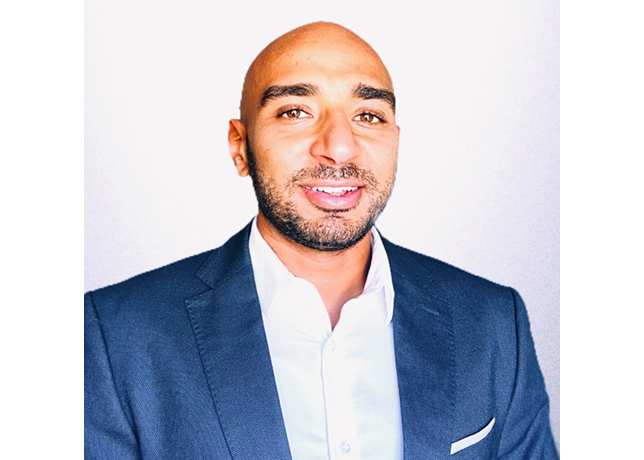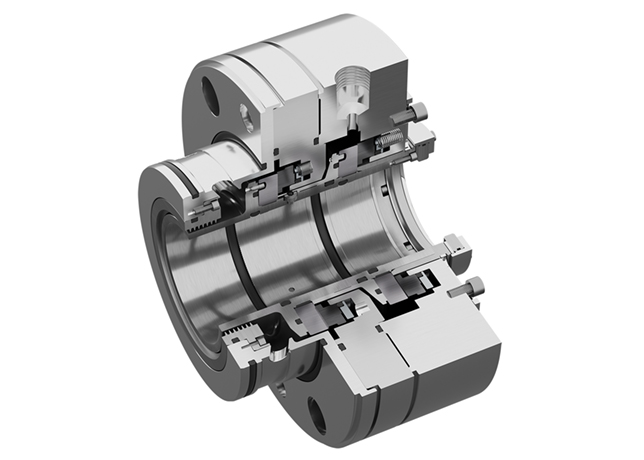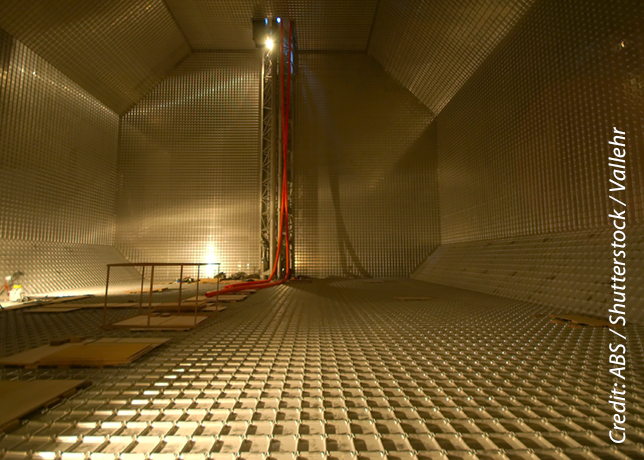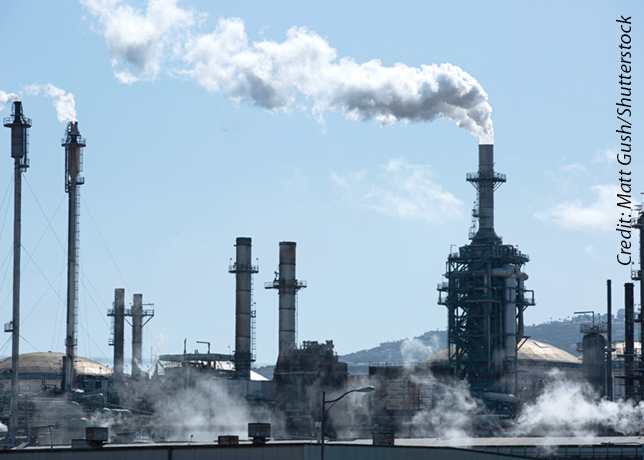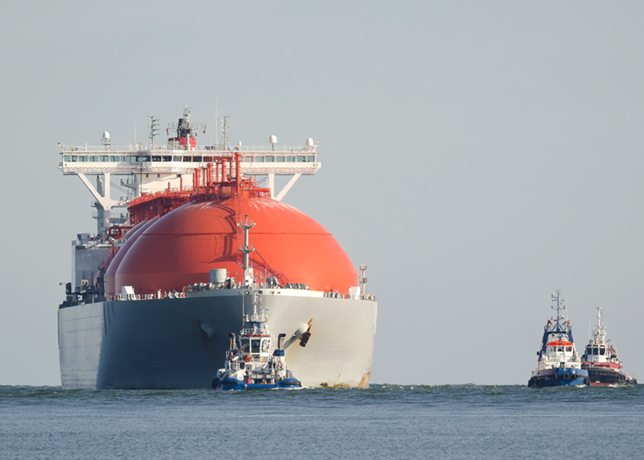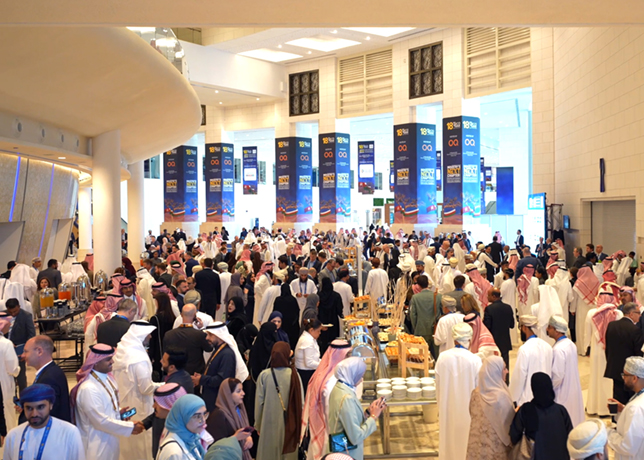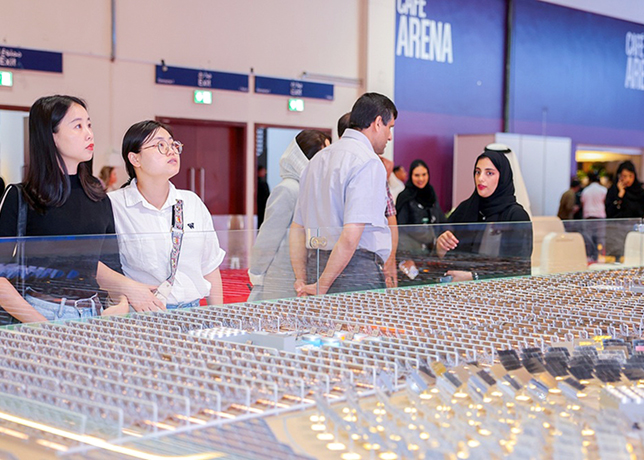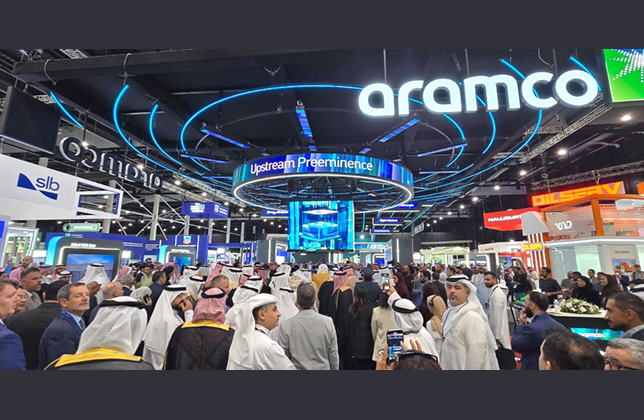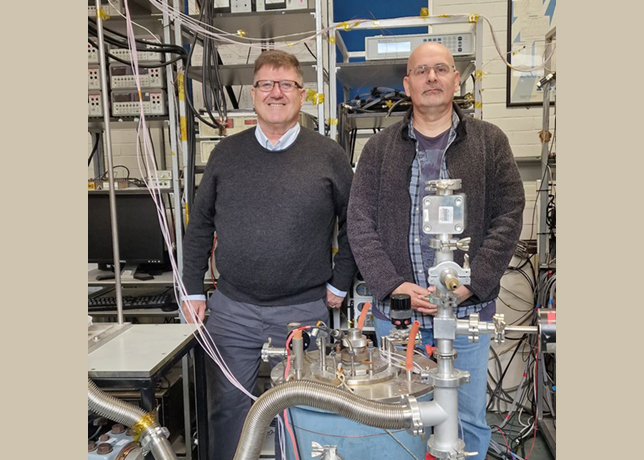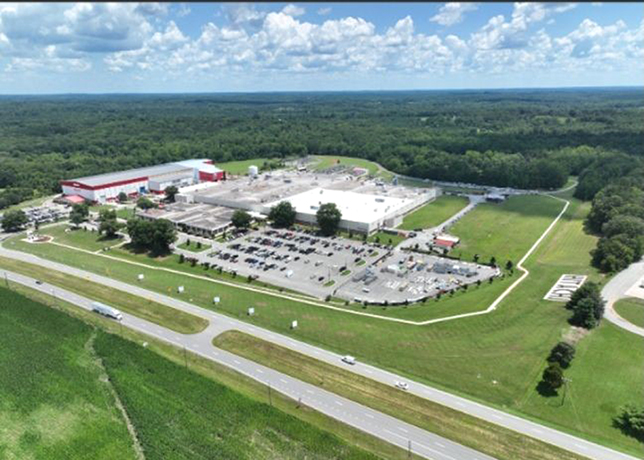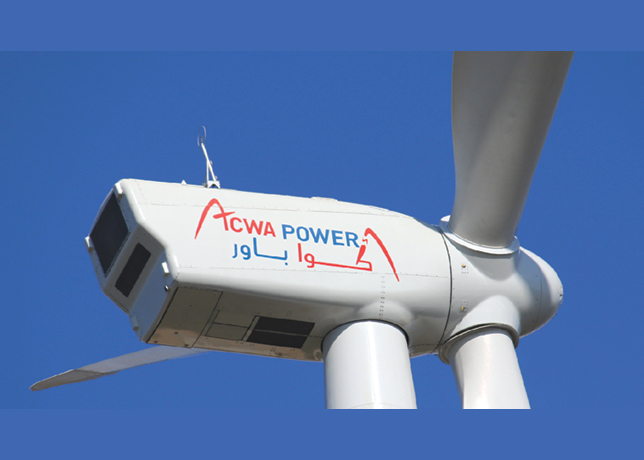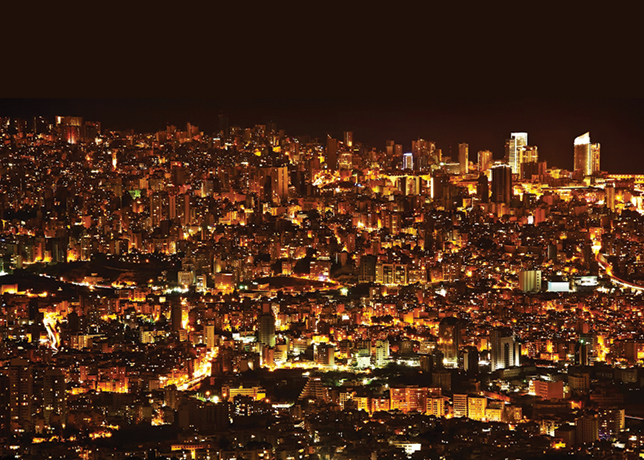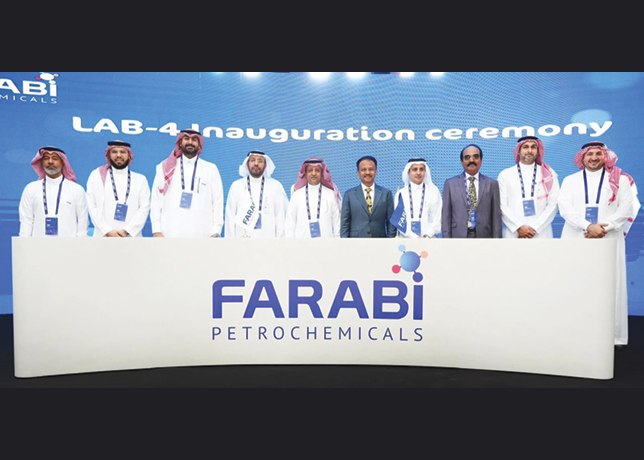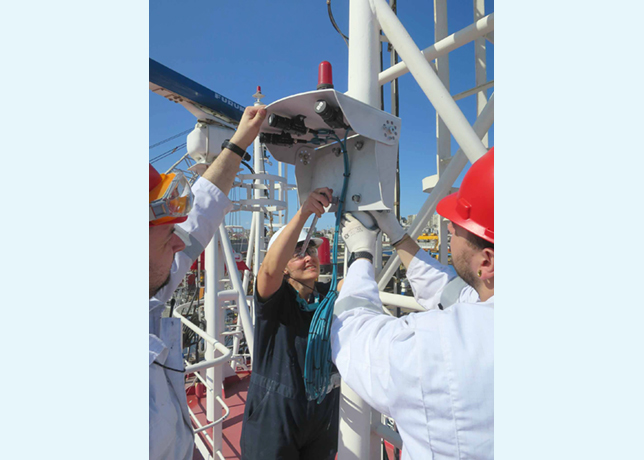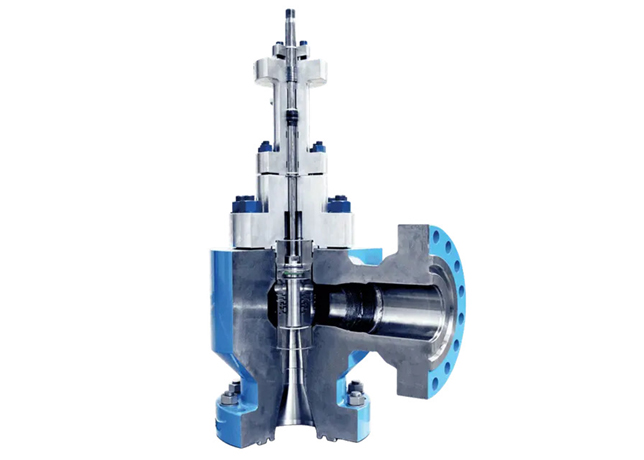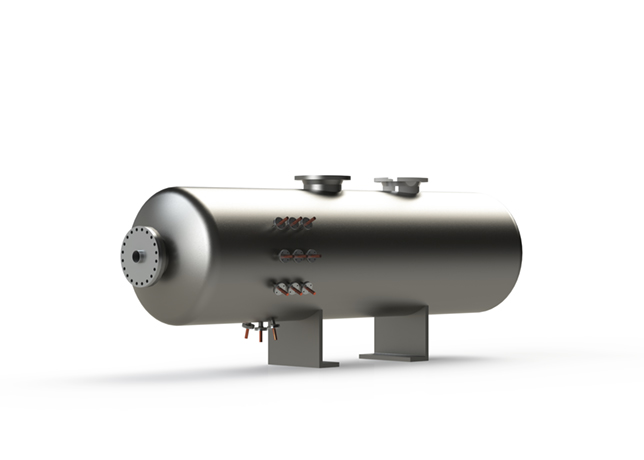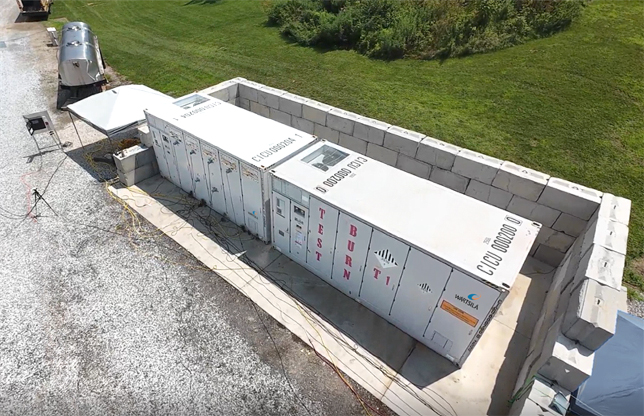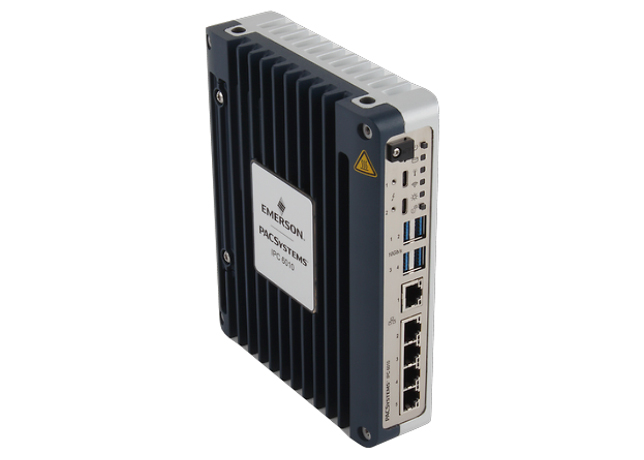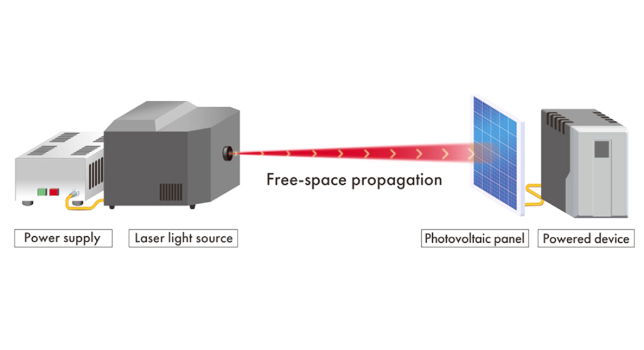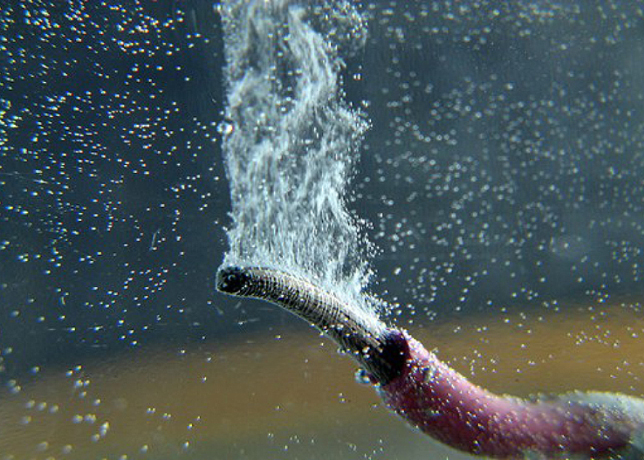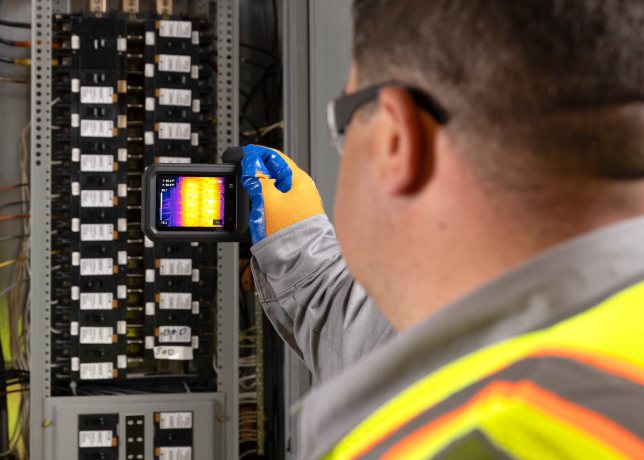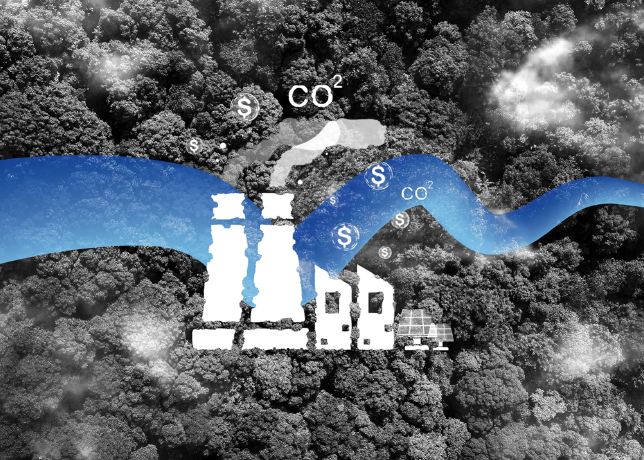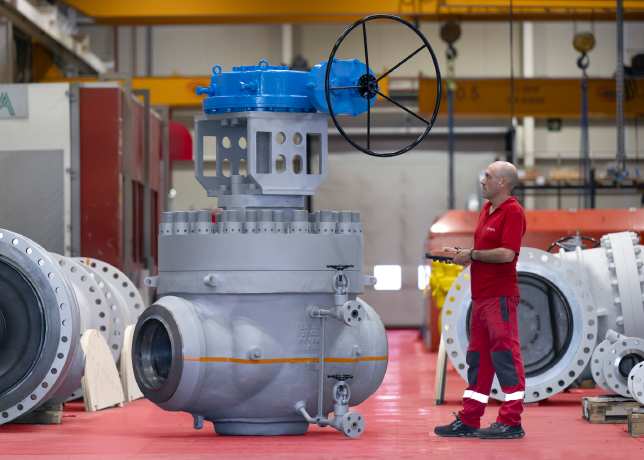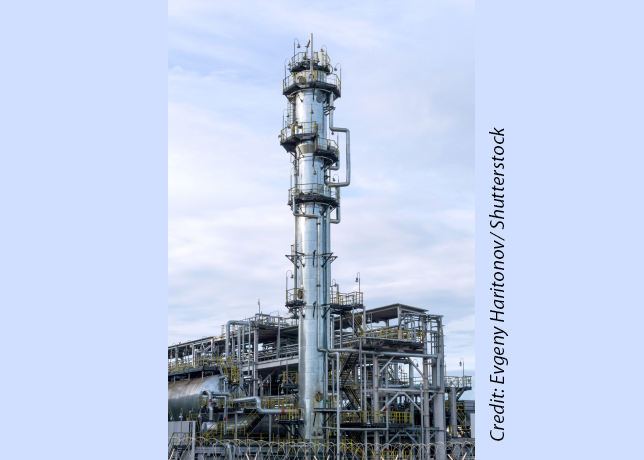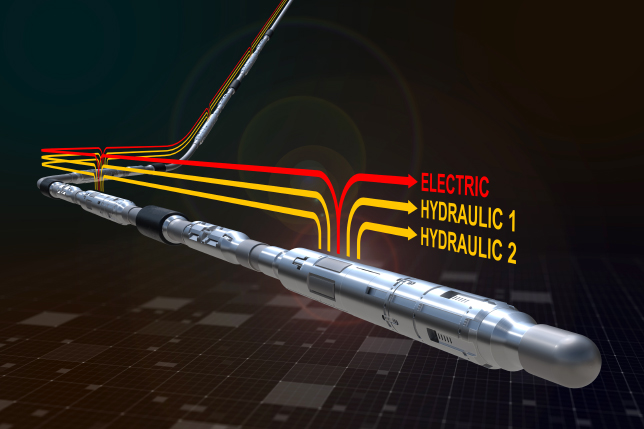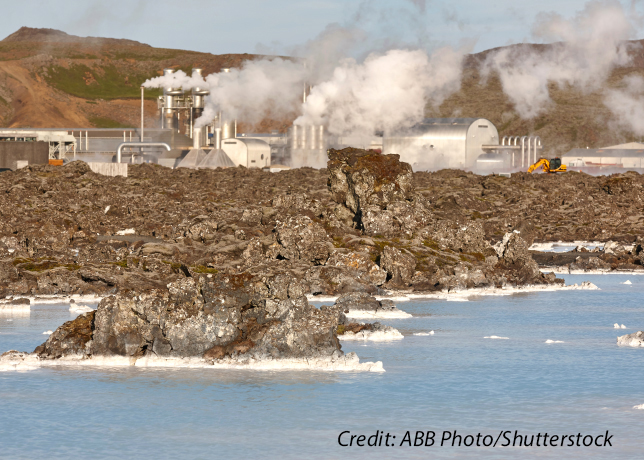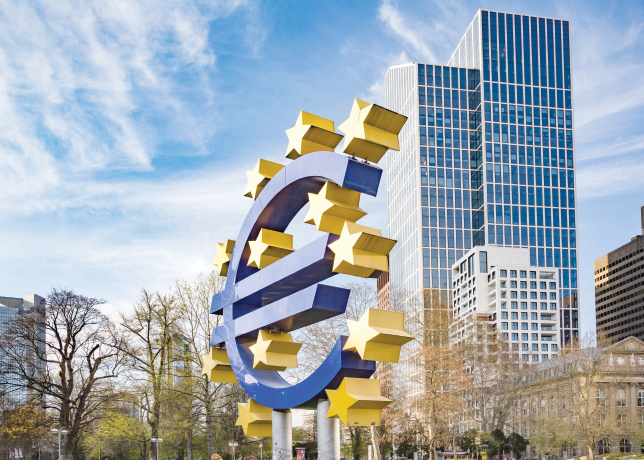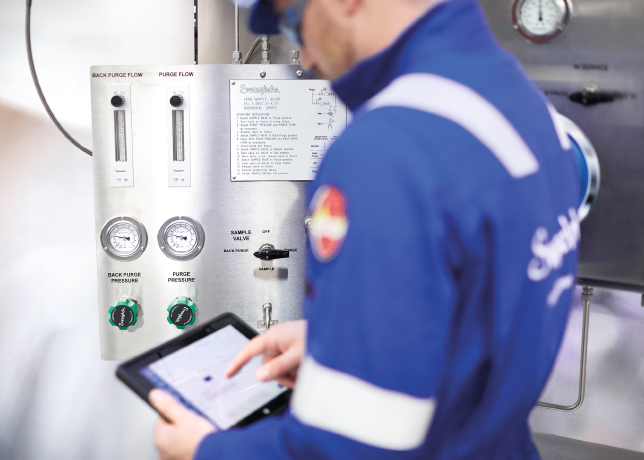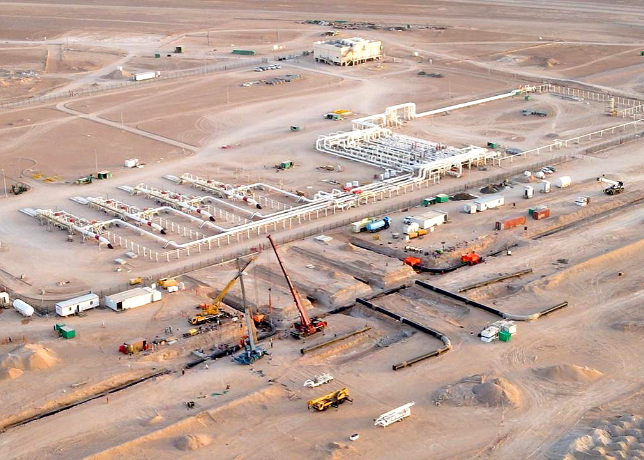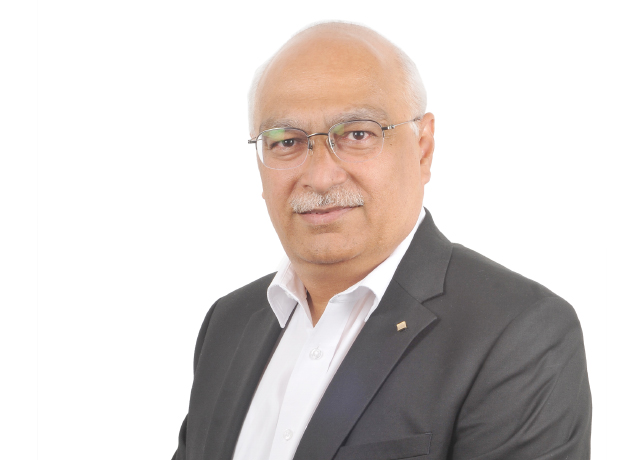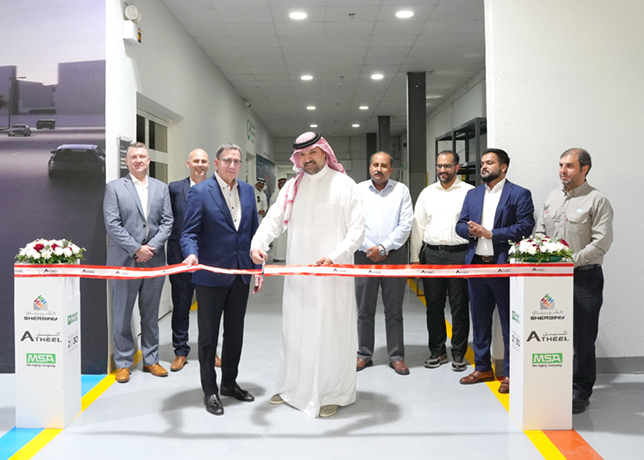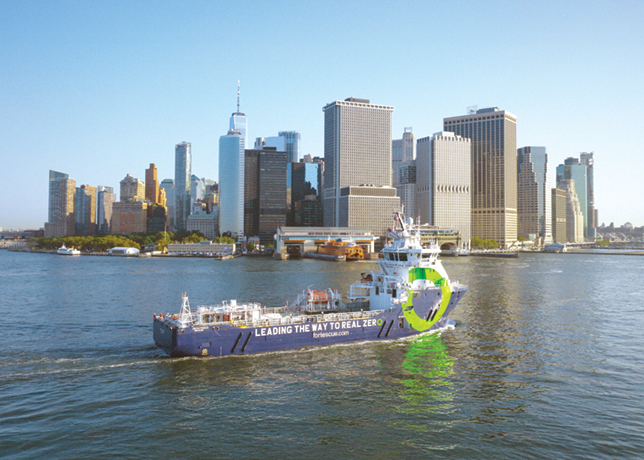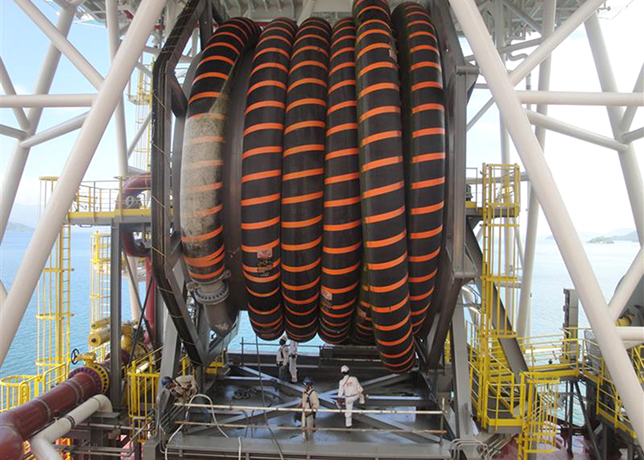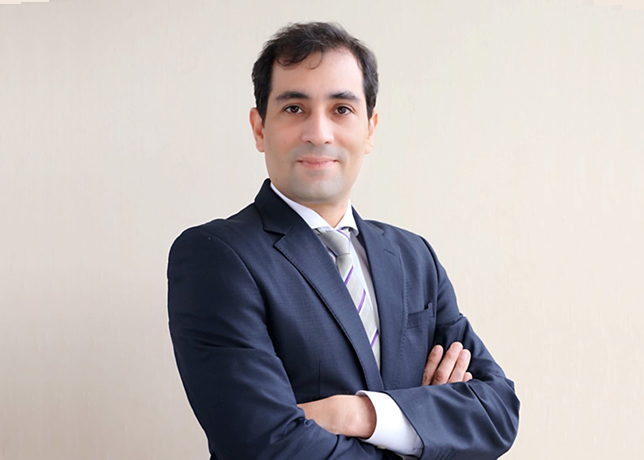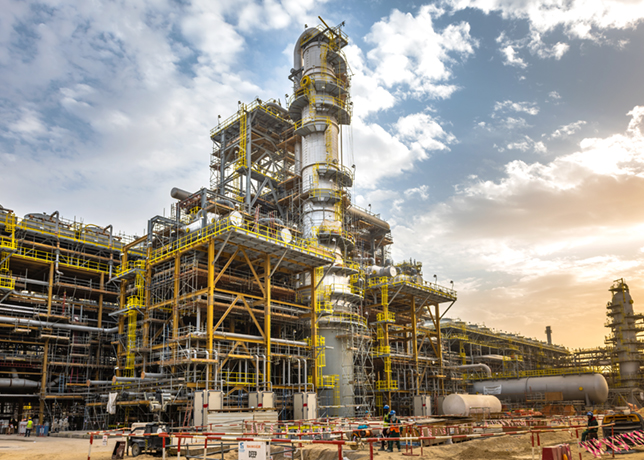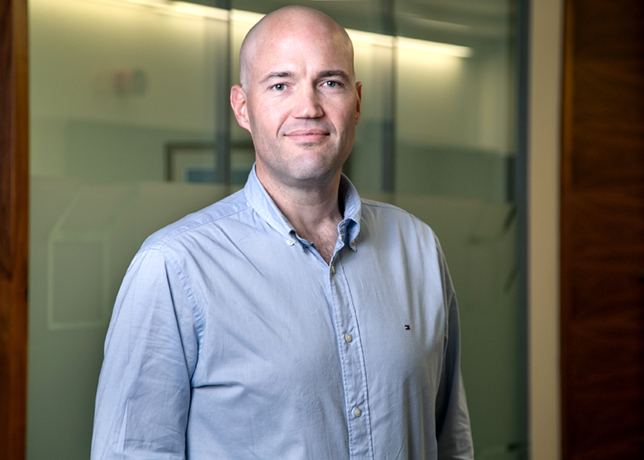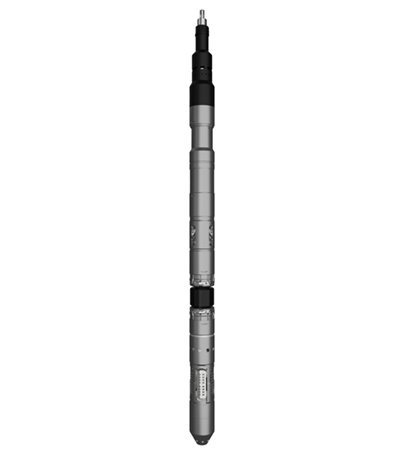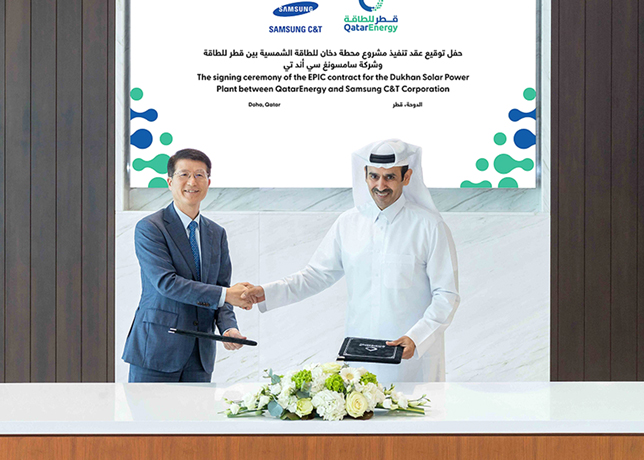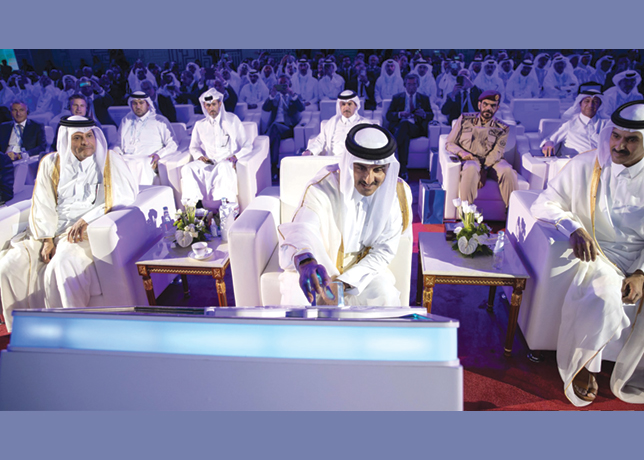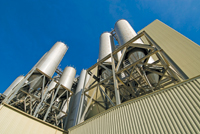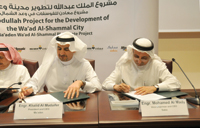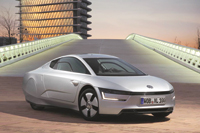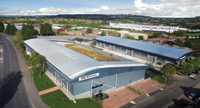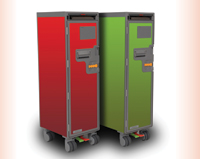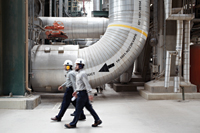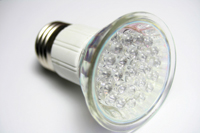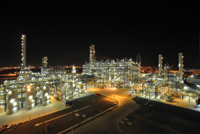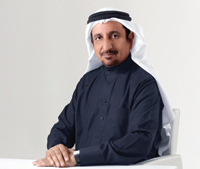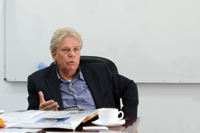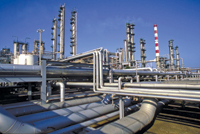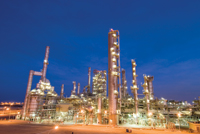
 Siemens’ Simatic S7 – 1500
Siemens’ Simatic S7 – 1500
SABIC’S material solutions are helping customers in the electrical and lighting industries meet significant challenges which include a highly regulated environment that demands sustainable solutions, while also helping them achieve enhanced design freedom, durability and performance.
Lighting regulations in the European Union and China favour the use of more sustainable solutions such as light-emitting diode (LED) versus incandescent bulbs, while the industrial automation market continues to grow significantly.
Sabic has responded to these challenges by collaborating with its customers to deliver a wide range of material innovations which are used in applications as diverse as the Fonckel One lamp, Osram’s Superstar LED lamp and Siemens’ Simatic S7 – 1500.
“The longer lasting LED market is growing at a fast pace but not without challenges. In the lighting industry, our customers are looking for solutions that address heat management, so that LED bulbs can last longer. Equally important is the transmission of light and the use of materials that are compliant with the latest regulations for toxicity and flame retardance,” says Venugopal Koka, director, Electrical Industrial & Lighting Marketing, Sabic Innovative Plastics.
“We engage with our customers to understand these challenges and work with them on a collaborative journey that leverages our large portfolio of relevant materials, technical expertise and colour services, enabling them to innovate and address the industry challenges that they face.”
The need to save energy and materials, as well as improve quality, accuracy and precision is also driving greater automation in factories and manufacturing facilities. According to a report conducted by IHS/IMS Research, the global market for industrial automation equipment will grow by 6.2 per cent this year to reach $170 billion by the end of 2013.
“Our customers in the electrical industry face similar challenges to the lighting industry, with a heavily regulated industry and the need for sustainable, high performing solutions that can be customised for both small and large scale machines.
“The forward strides we are making here are exemplified by our collaboration with Siemens, where Sabic materials have met the need for more resilient automation systems with maximum heat and impact resistance. This demonstrates how, through deep understanding and ongoing collaboration with customers, we’re developing relevant innovations that meet customers’ needs and help them to develop leadership positions in their industries,” adds Koka.
According to a 2011 industry report by McKinsey & Company, the LED lighting market is projected to grow up to $10 billion by 2020, accounting for three-quarters of the overall market. Furthermore, the shift away from incandescent and CFL systems to a regime based on LED has intensified the pressure on the entire lighting industry value and supply chain to better manage the challenge of LED heat generation without compromising efficiency or performance quality.
Sabic is demonstrating its understanding of customer needs across the lighting industry by providing cost effective, energy efficient LED solutions that serve a wide range of customers, including Fonckel and Osram. Sabic’s Lexan resins have answered a number of challenges by providing solutions that not only protect LED chips by reducing the impact of heat-aging on performance, but also by allowing for the mitigation of thermal instability on long-term colour and light transmission quality.






